7 Problems Azalea Growers Might Encounter, Including Leaf Drop And Bud Blast


Elizabeth is a Permaculture Garden Designer, Sustainability Consultant and Professional Writer, working as an advocate for positive change. She graduated from the University of St. Andrews with an MA in English and Philosophy and obtained a Diploma in Applied Permaculture Design from the Permaculture Association.
Reviewed By COLIN SKELLY

Colin is a Horticulturist and Horticultural Consultant with experience in a range of practical and managerial roles across heritage, commercial and public horticulture. He holds the Royal Horticultural Society’s Master of Horticulture award and has a particular interest in horticultural ecology and naturalistic planting for habitat and climate resilience.
IN THIS GUIDE
Azaleas, when grown in the right locations, can typically be relatively easy to grow.
However, as with most plants, a number of problems can occur.
Some common problems for Azaleas include:
- Non-flowering or flower buds not opening
- Yellowing or browning of leaves
- Leaf droop
- Leaf drop
- Leaf scorch
- Pests like vine weevil, leafhopper, scale insects
- Diseases such as bud blast, Azalea gall and honey fungus
We explain each of these problems in more detail below:
1) Non-Flowering Azaleas
Flower buds may fail to form or fail to open properly on outdoor-grown Azaleas if conditions are too dry in late summer.
Regular mulching and watering can help reduce the likelihood of this problem.
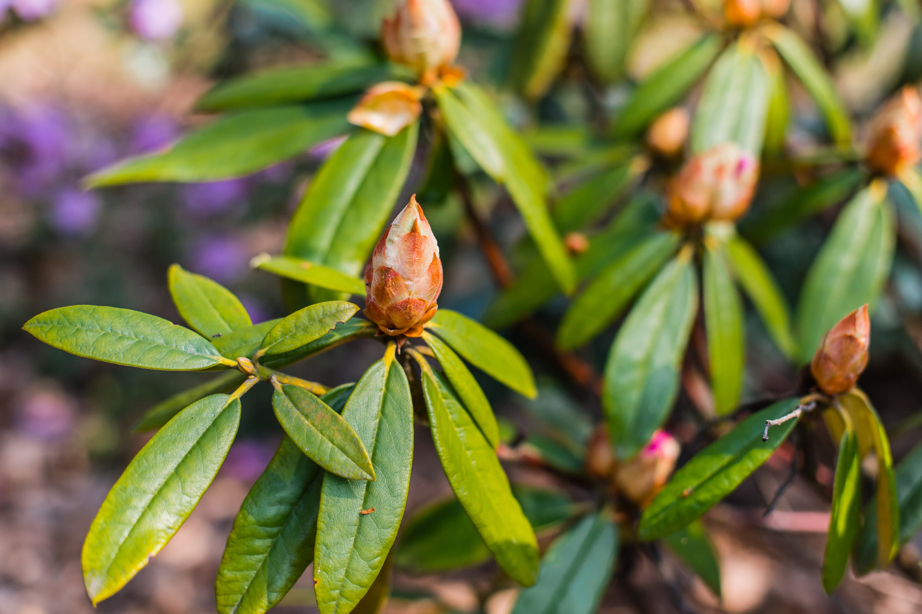
Indoors, buds may fail to open on tender Azaleas due to dry atmospheric conditions.
Buds may need to be moistened by misting when they first show colour in order to open successfully.
2) Yellow Leaves
Yellowing in Azalea leaves can often be a sign of waterlogging or of nutrient deficiencies.
It can also be caused, however, by overly alkaline conditions or over-feeding, so make sure your Azaleas are growing in suitable soil.
3) Leaf Droop
Leaves may droop in winter when exposed to overly cold conditions when growing Azaleas outdoors, especially those that may be borderline hardy in your area.
However, they should usually recover when temperatures warm back up again.
4) Leaf Drop
Leaf drop can often be a sign of water shortage, especially on indoor-grown plants or those in containers.
There may also be some browning around the edges of the upper leaves.
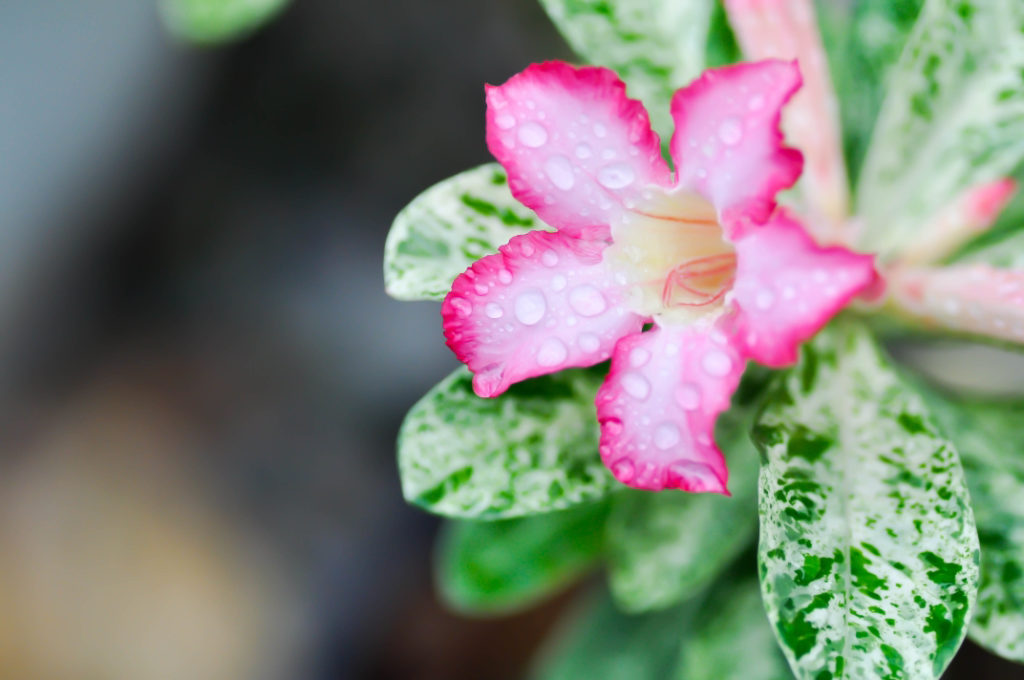
However, leaf drop can also occur after prolonged water-logging since root damage will prevent water from effectively being replenished to the leaves.
However, remember that some leaf drop is natural and some older foliage is often shed in spring and summer.
5) Azalea Leaf Scorch
Brown leaves can be leaf scorch, caused by a range of plant stressors, such as windy, cold or wet weather.
Typically, however, plants will be able to recover if and when conditions improve.
6) Pests
In container-grown plants, vine weevil can be a problem.
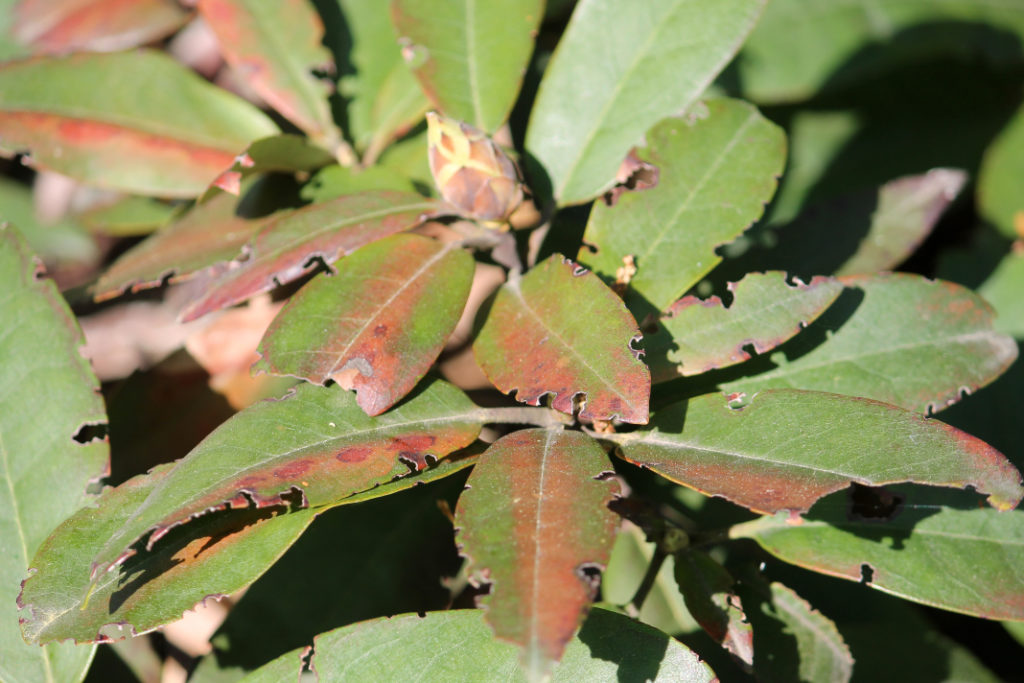
Leafhopper and scale insects are another couple of pests that can sometimes plague these plants.
Always deal with these problems organically to keep yourself and the environment and surrounding wildlife safe.
Encouraging natural predation is the most important step when growing Azaleas outdoors.
Scale

If you observe any scale infestation, prepare a mild solution of soap and horticultural oil, and spray affected areas at a high jet setting to wipe out the pests.
A more time-consuming but safer and more thorough method would be to dip a scrub sponge in the solution, and at one and the same time apply the solution to the plant while firmly rubbing away the insects.
Pieris Lacebugs
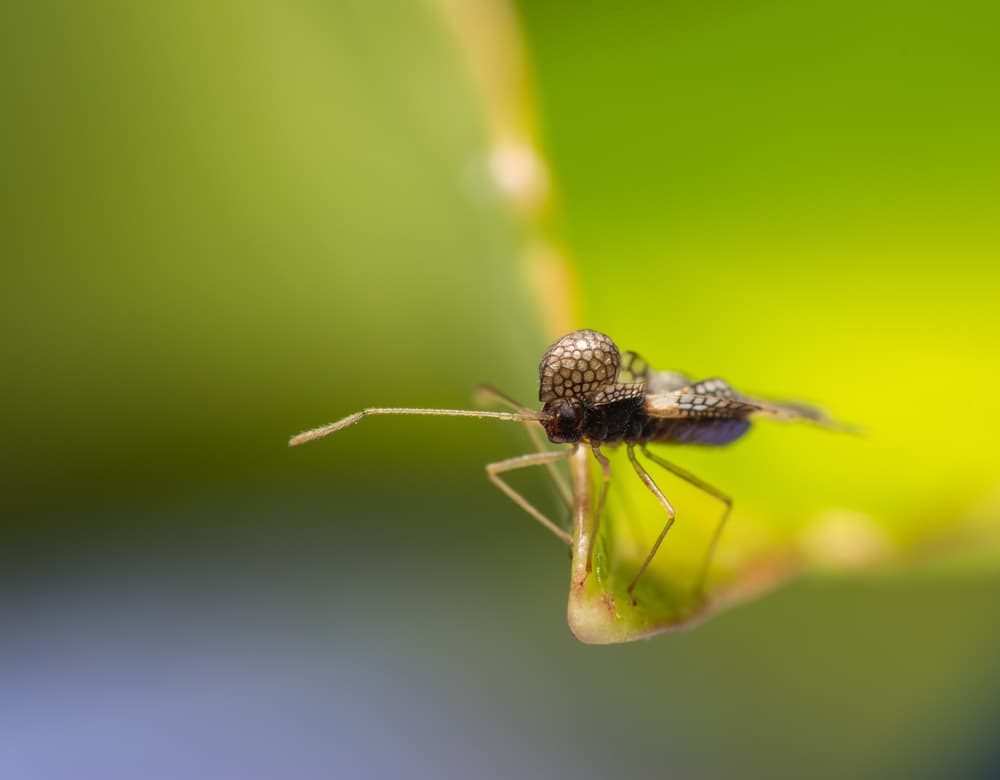
You can use the same spray-jet method for Pieris lace bugs but use Neem Oil, horticultural soap and other horticultural oils to make the mild solution.
Ladybugs, which are natural predators of lace bugs, can be released on the affected plants.
Caterpillars
To combat caterpillar infestations the go-to natural remedy is Bacillus thuringiensis.
7) Diseases
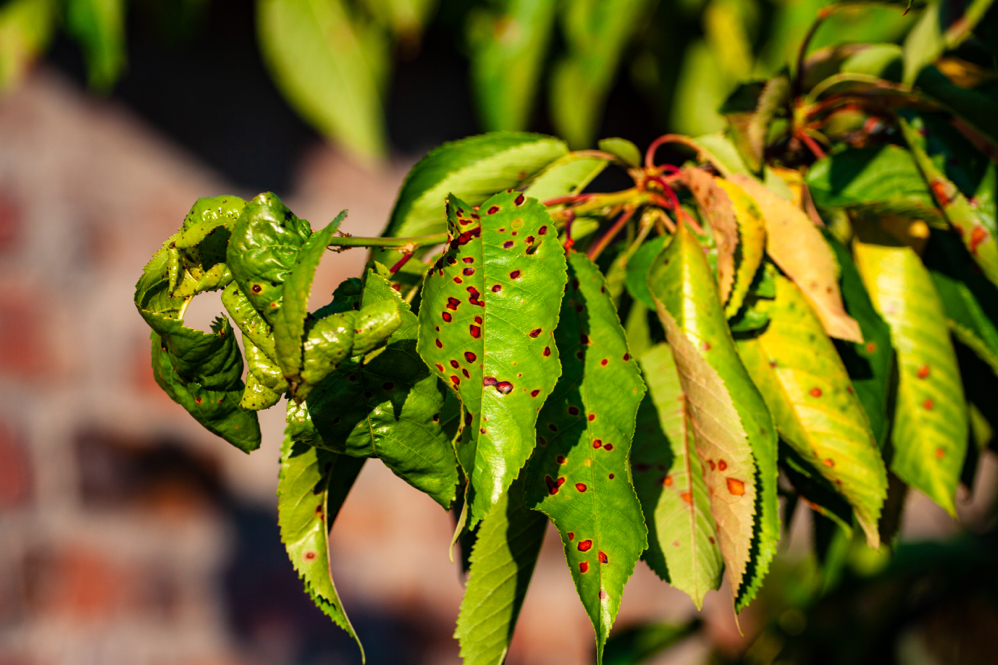
Some relatively common diseases that can affect Azaleas include bud blast, Azalea gall and honey fungus.
Bud Blast
Bud blast is a fungal disease that kills flower buds; it is spread by leafhoppers, a sap-sucking insect.
The buds will turn brown and die and should be picked off as quickly as possible to prevent the fungal issue from spreading.
Azalea Gall
Azalea gall often affects indoor Azaleas and can also affect some growing outdoors.
It is caused by the fungus Exobasidium japonicum and disfigures but will not kill the plant.
Simply remove the lumpy galls before the problem can spread further.
Powdery Mildew
If Powdery Mildew is caught early, it can be brought under control by cutting off affected parts of the plant if not yet widespread to prevent further spread.
If the problem is widespread, this may not be possible but ensure fallen leaves are still removed.

To avoid recurrence of the disease the plant should not be closed in by other shrubbery; it should enjoy free flow of fresh air and ample sunlight.
Honey Fungus
Honey fungus is a more serious issue and Azaleas are susceptible.
Unfortunately, this is almost impossible to eradicate once present in the soil, so you may have to grow non-susceptible plants in your garden if you have this problem.
Petal Blight
Petal blight is very hard to control once it has attacked the plant.
All affected parts of the plant and nearby areas need to be cut off and removed, as does the soil underneath and close by.
An Azalea plant will be more resistant to pests and diseases if it is grown and kept in (close to) optimal conditions, as outlined in earlier sections, and if negative factors are reduced or eliminated.
Such factors pertain to soil type, soil pH, temperature levels, sun-shade mix, root level, soil moisture, and drought.
“I always like to research where a plant originates before I select it for a garden,” shares Colin Skelly, a Gardening Consultant who has been awarded the Master of Horticulture status by the RHS.
“If you can replicate its wild range, or something close to it, then the plant is likely to grow happily and healthily.”
More than most plants, a happy Azalea is a healthy Azalea.
